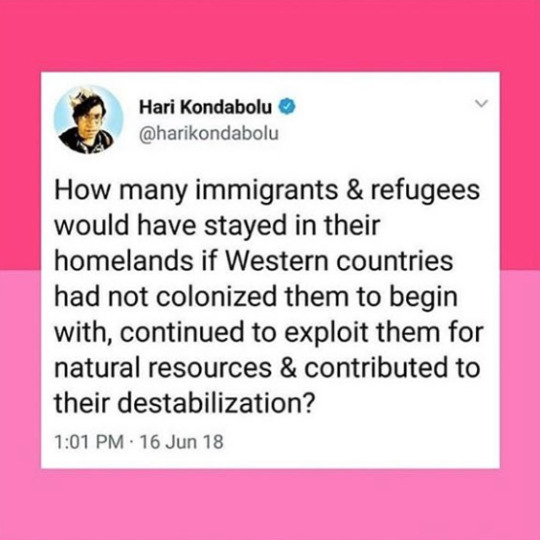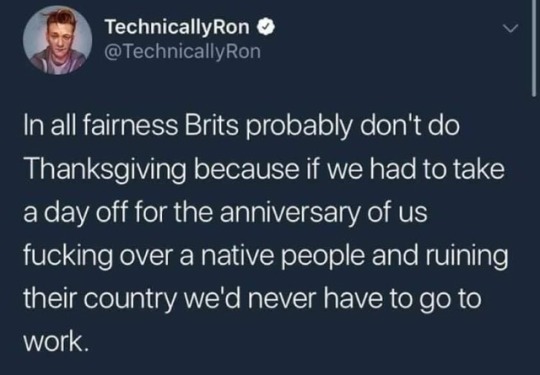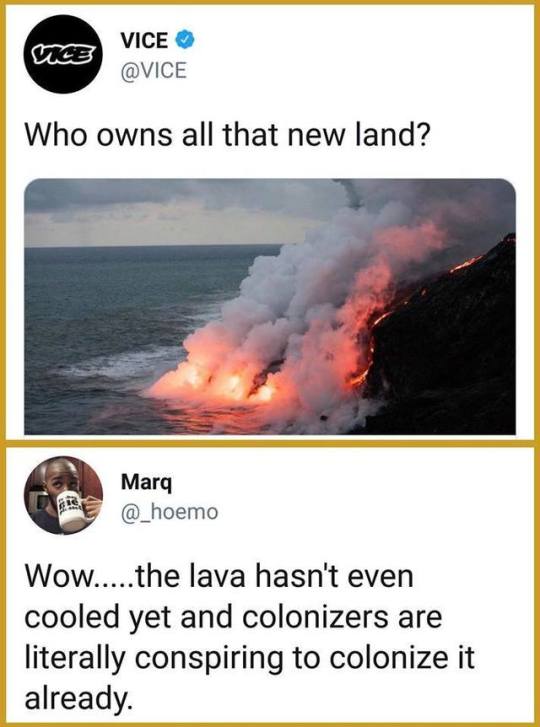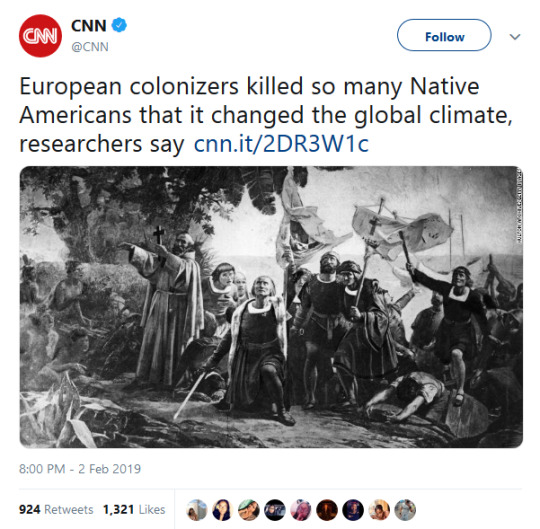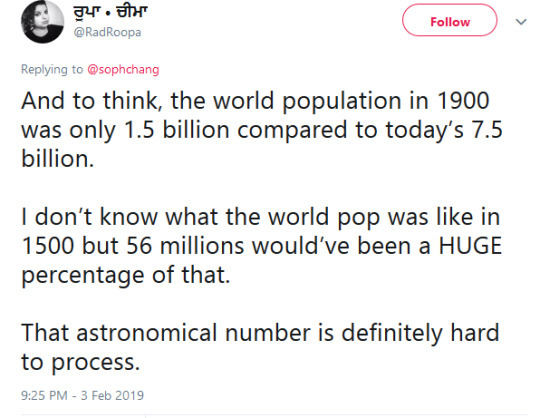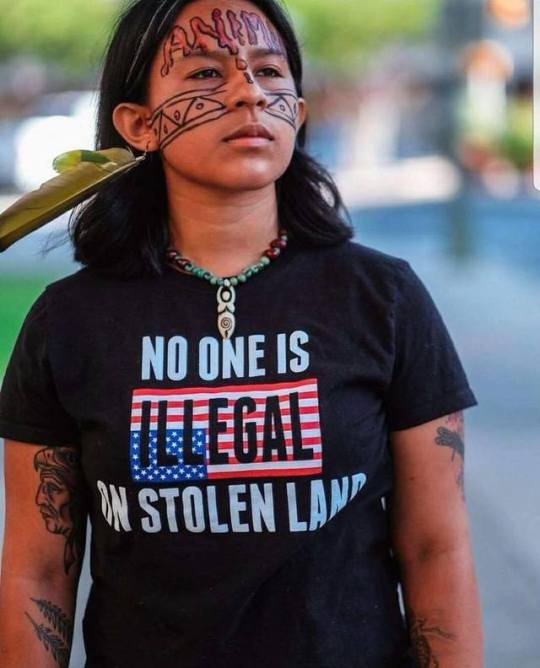Don't wanna be here? Send us removal request.
Text
Navigating Digital Learning: Pros, Cons, and Equity

Digital learning has become a part of modern education. With this comes an abundance of advantages as well as challenges that we need to mitigate. From my experience as the student, to now my experience as an educator, one of the most crucial aspects I think we need to keep at the forefront is diversity, equity and inclusion. In today's post we will explore the good, the not so good, and how we can prioritize DEI.

Pros of Digital Learning
Accessibility: Breaks down barriers of space, offering opportunities to individuals that can accommodate a variety of needs
Community: Use of online community building, forums where students can talk
Flexibility: Allows students to learn at their own pace and in the form that suits them best. Powerpoint presentations, Prezis, Papers, Videos, Async work, Open ended assignments online
Customization: Personalizing learning experiences using different digital platforms, tailoring based on needs, creative freedom
Innovative: Rich multimedia, online materials, diverse learning tools, Interactive simulations

Cons of Digital Learning
Accessibility: Unequal access to tech, internet and subscriptions, can exacerbate educational inequalities
Community: Isolating aspect to a lack of face to face interactions, reduced in personal social interactions
Digital Fatigue: The amount of screen time required can be hard physically and mentally, burn out, technical difficulties can cause a lot of frustration and miscommunication
Final Thoughts from Ms.D
After experiencing the breakdown as a result of the challenges of digital learning, I have come up with main points to consider to ensure success and smooth running. Prioritizing DEI, including culturally relevant content, and having inclusive design that are welcoming to all learners are very important to the success of digital learning. Equally important to that is preparing and supporting teachers. With continuous training to help teachers with digital literacy and teaching skills, mental health support for them as well, all while constantly fostering collaboration among educators so that there is a healthy bank of resources and strategies will greatly support teachers, so that they can support learners in this digital world.
youtube
Check out this Digital Classroom
2 notes
·
View notes
Text
AI in the Classroom: A tool, Not a Threat!

Artificial Intelligence advancements and its emergence in the context of education has really caused a stir for educators, students, and parents all over the world. From my experience there has been a good mixture of concern as well as excitement about how it can be used in the classroom. This blog will break down my thoughts on this topic as well as some points of conversation I have had in my time in the classroom regarding AI.
I understand the fear surrounding AI in the classroom, and there are many valid concerns when looking at the ways in which this type of technology can transform what we know about teaching and how to teach. I believe that if we shift our thinking to see AI tools as a tool in our box of resources, and we learn how to harness its capabilities, it can be a great assistant to educators as well as students.
A lot of the fear that comes with the thought of AI is the fact that it can be used for cheating, loopholes around work, and that students will be dependent on these tools and lack knowledge and understanding of concepts being taught. While I understand this, I think that this fear in itself comes from a lack of acknowledging and accepting that the world around us is changing. A lot of teachers who have been teaching for decades, are used to what they do. I have heard countless times to “not fix something that isn't broken”, everytime I talk about doing something new, or something out of their comfort zone. I mean no harm or judgment by saying this, but I feel like writing it off before exploring is the main issue many educators are facing today.
Like we learned in the viewing, just like the microscope was able to show and teach us things we could have never imagined, AI can one day do the same. We dont know how yet, but we should be open to learning. Check out what schools in China have been doing that really blew my mind!!
youtube
Final Thoughts from Ms.D
I believe that we cannot resist the path that society is moving toward, and that instead we should work towards thoughtful integration. Instead of trying to keep them from using these tools, we can use it after changing the nature of our assignments. Less focused on spewing out papers, and more though involved, creative assignments that cannot be simply written out by platforms like ChatGPT. We can use it to personalize learning to meet students' unique needs, creating differentiated lessons, like data driven insights, collaborative assignments using AI systems and building off of it, encouraging and emphasizing learning that uses critical thinking and learning how to dissect and analyze information all come inti play when using AI in the classroom.
1 note
·
View note
Text
Unlocking Education: Harnessing the Power of Social Media + Smartphones in the Classroom

In today's day and age, there are very few ways to avoid technology. Technology has revolutionized the way we live, work, learn, and operate. The use and integration of online learning platforms has really opened up a whole world of possibilities for students and educators. While these tools open so many doors and experiences, I feel that they often get a bad wrap. Whether parents and teachers find it to be a distraction or crutch, I feel that with purposeful and thoughtful use, we can utilize this powerful tool to enhance learning. This blog post will look more at the use of social media, online learning and how smart devices can be these enhancements in the educational experience.
Social Media
We are undeniably in the age of social media, where students and kids are using various platforms for entertainment, communication, and other reasons. Platforms such as twitter, instagram and snapchat have become integral parts of our daily lives. If we can strategically incorporate the use of it in class, we can foster an engaged and collaborative classroom. We know that kids are using these platforms, so why not include them and create fun ways to appeal to what they are already into. Using these platforms to create private groups and threads where students can post and read on a shared discussion post helps create that community beyond the school walls. Peers can ask and answer questions, outside sources can be linked, and instructors can monitor and interact with students as well. I am a big fan of including the use of social media in an age appropriate manner because it really does help prepare students on how to navigate these platforms in a safe and responsible way. This is something that they will inevitably come into contact with in the workforce and is a skill that can be taught.
Final thoughts from Ms.D regarding Life online
Online learning has become a new norm. Growing up this simply was not an option. The technology and resources available now have made learning accessible across spaces, more flexible for individualized and tailored lessons and assignments, and allowed for easier access to diverse learning tools and platforms that engage learners in a variety of ways. I think it is crucial to strike a good balance when using these tools. As an educator, my goal is to encourage collaboration, provide flexibility and this is also essential in our rapidly evolving digital world!
0 notes
Photo
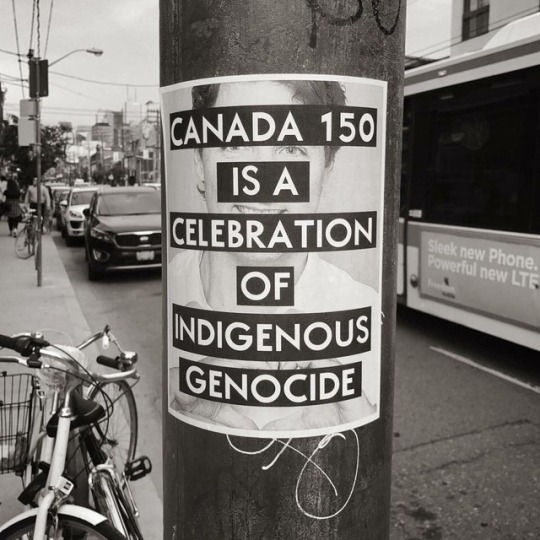
I came across this poster on Queen St. West in Toronto and I couldn’t look away. Posters such as these, strategically placed around the city are pushing people to question Canada’s dark, colonial history, as is the incredibly critical art being produced by Indigenous artists such as Kent Monkman and Rebecca Belmore. These artists, activists, thinkers and interventionists are destabilizing and dismantling biased, historical Canadian narratives.
In the decade or more of being in Canada, I have recently had the opportunity to establish close allyships with Indigenous friends. Through their research and lived experiences, I am learning about a side of Canada that I was not initially aware of. While the Canadian Citizenship book discusses our shameful history of residential schools, it presents a watered down version, summarized in undignified, short lines, mostly ending with, “Canada has since apologized.”
The abuse that was carried out on Indigenous children at these schools (the last residential school closed in 1996) was horrific and conveniently left out of textbooks. With more awareness around the topic, Canada’s internationally positive reputation is being challenged. Canada’s deputy minister of Indian Affairs Duncan Campbell Scott was quoted in 1920 to have said: “Our object is to continue until there is not a single Indian in Canada that has not been absorbed into the body politic.”
While an apology by Prime Minister Justin Trudeau is a start, it is not enough. After all, actions speak louder than words. Grave injustices have been committed against Indigenous people. Erasure of language, culture and customs so as to benefit and serve colonial systems of oppression, unsolved cases of thousands of missing, murdered Indigenous women, increased likelihood of sexual assault on Indigenous women, an alarmingly high suicide rate amongst Indigenous youth and deplorable living conditions in some parts of Canada where Indigenous people reside. By deplorable I mean run down schools and homes and no access to clean, drinking water. How can we justify this while being one of the wealthiest countries in the world with a global reputation for excellence in living standards and human rights?
Far too often I hear fellow immigrants from my own community refer to Indigenous people as “drunks” and “criminals.”
“Oh these natives, they’re such a menace to Canadian society.”
“They get so much funding from the government. All their schooling is paid for.”
“They should be grateful and move on from the past. Look at the state of poor people in the third world countries we come from.”
“These people don’t know the first thing about oppression. They take all the money the government gives them and waste it on drugs and alcohol.”
It is ironic to see new immigrants settle on Canadian land while demonizing and othering the original custodians of this land.
Indigenous people have been dealing with institutionalized racism, discriminatory legislation and federal under-funding for over 100 years. As we mark our 150th birthday as a nation today, I hope that we can work toward addressing these important and urgent issues. Indigenous people are bearing the brunt of genocidal, colonial policies while the rest of us immigrating to Canada are reaping immense benefits such as world class healthcare and education, services that many of our Indigenous communities lack full access to. Our indifference and lack of awareness around these pressing matters has dire consequences for First Nations, Metis and Inuit people of Canada.
Today, on Canada’s 150th, I am stating a land acknowledgment for the first time in all these years of living, working, giving to and taking from Canadian land.
***I wish to acknowledge this land on which I currently reside and work. For thousands of years it has been the traditional land of the Huron-Wendat, the Seneca, and most recently, the Mississaugas of the Credit River. Today, this meeting place is still the home to many Indigenous people and I am grateful to have the opportunity to work on this land. (Please correct me if I have stated this land acknowledgment inaccurately)
As a tribal daughter of the Indigenous Magsi clan in Balochistan, Pakistan, I stand in solidarity with my Indigenous brothers and sisters in Canada.
I wish you a safe, peaceful and more informed #Canada150 long weekend.
4K notes
·
View notes
Text
Scrapbook 4
Colonization has been a topic that I have learned about many times in school. I was introduced to the topic as a thing that happened in Canada, that was a good thing. I remember thinking how the nation my parents ended up coming to as refugees was a strong, powerful and great nation. I learned about the ways the soldiers and settlers came, battling the harsh weather in lands unknown. I learned about the ways in which they saved, educated and helped the indiegnous people who were here, and fought the savage barbaric ones that wanted issues. I remember learning about many different historical battles, and feeling lucky that they fought to make Canada this safe, welcoming, and inclusive place that my parents were able to seek refuge and start a life in. As I grew up, I began to realize something about this history made no sense. After coming to post secondary, and learning the truth about Canada's history, I felt as though my entire life was a lie. I remember feeling as if I were tricked, and fed lies. The way history was rewritten, and taught in this way, was absolutely not a mistake. It became clear to me this was purposefully done. As I grew up, watched films, read books and learned a little more on my own, it became clear to me that there was an entire history that I had to relearn. It made me rethink everything I thought I knew and loved about this country and try to create a more honest and true image in my head. It wasn't not until this course that I feel I was able to learn about indigenous history the right way. I found it to be very enlightening and interesting to finally be able to hear from indigenous voices, indigenous educators, indigenous writers, and students. It was hard at times, almost to the point where I questioned if I would have been able to really learn and understand these things at a younger age. I came to the conclusion that if I had that opportunity, and if it had been embedded into my education growing up in appropriate amounts, in educational ways, that I would be much better off than I am right now. Looking at present manifestations of colonization in Canada, I see that there is nothing left for it to hide behind. The veil has been taken off for me and now everywhere I look, I can see the impacts. I can only hope and wish that everyone will be able to have the opportunity to see the truth, and to hear from those who have experienced the effects of colonialism. This course changed my understanding of the term tremendously. It changed it from being something I read about to something I read about - just words, to something I feel, hear and see. Having these personal stories shared, hearing from these amazingly talented students, and learning from those who have the most to share really changes a lot in how you perceive colonization.
REFERENCES
Battiste, M. (1998). Enabling the autumn seed: Toward a decolonized approach to Aboriginal knowledge, language, and education. Canadian Journal of Native Education, 22(1), 16.
0 notes
Text
Reflection 3
When my parents first came to Canada as Refugees, they went from city to city, until finally finding a home in Toronto. Although they came separately, they both had the same experience of warmth and acceptance from the people. They got married and my first home was in Etobicoke, West Mall. I can still remember the view from my apartment window. My childhood consisted of picnics, walks on suburb streets, feeding birds at Centennial Park, and water fights. Although I have now lived in Brampton for over five years, West Mall will always be home. It is where I became who I am, and I will always be grateful for that. Looking at the treaty or land claims for this space makes me wonder the history it carries.
After the class discussion, I understood how things went down when treaties were being signed, and land was being taken. Although I found some enlightenment I still find land agreements, claims, and treaties to be incredibly difficult to follow. There is a story that I have heard my whole life, and the discourse around it was something along the lines of a peaceful agreement where an entire nation happily signed over land. This is far from true, and there was an extreme amount of killing, coercing, and confusion that took place. Looking into the place I call home, and doing light surface level research, I am able to see the history behind what this land used to be.
After looking into the land claims it quickly proved to be complex and have many different components. I found that Toronto fit into the “Toronto Purchase” where land was surrendered from Toronto to the Mississaugas of New Credit. The initial purchase took place in 1787. Many contributing factors led to the complicated nature of this issue, and there were different political agendas pushing different needs and wants. There were disputes and this agreement was revisited. After the revision of the treaty on August 1st 1805, changes were made in the payment for the Mississaugas and the agreement was officially registered as Crown Treaty No.13. This was not the last time things were changed, and in 1986 there was another land claim settlement opened by the Missisaugas to correct the injustice around the purchase of land near Burlington bay. This process took a very long time and was not settled until the year 2010.
Although reading through this made me understand what happened and went down on the land I am privileged to call home, I am far from knowing as much as I can. If anything, I feel more overwhelmed and shocked with how much went into these treaties. A common theme I am finding as I go through my scrapbooks and reflect, is that I have a very contorted view of reality. I know what happened from the perspective of the canadian government, which is heavily biased. Even as I went through the introductory and surface level information about the treaty and land claims, I rarely found sources that came from Indigenous leaders or figures. I hope that as I learn and progress in this course, that I am able to gain a more realistic and honest perspective.
REFERENCES
City of Toronto. (2019, April 26). Indigenous people of Toronto. https://www.toronto.ca/city-government/accessibility-human-rights/indigenous-affairs-office /torontos-indigenous-peoples/
Sunshine, F. (2017, June 21). Canada 150: Toronto traces its Indigenous history back 11,000 years. https://www.toronto.com/community-story/7218897-canada-150-toronto-traces-its-indigeno us-history-back-11-000-years/
0 notes
Text
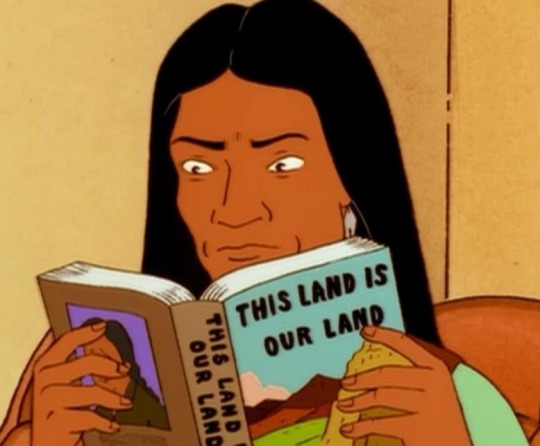
This land is not your land. It’s Native land. It’s stolen land.
90 notes
·
View notes
Text
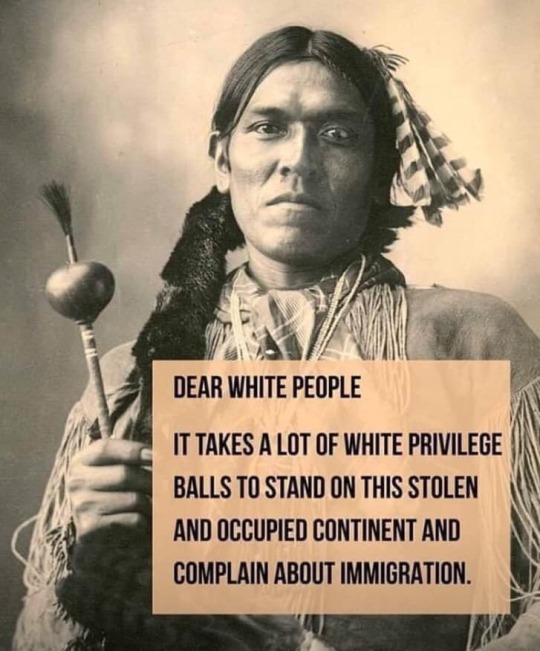
Amazon Book Suggestion: The State of Native America: Genocide, Colonization, and Resistance (Race and Resistance)
485 notes
·
View notes
Photo
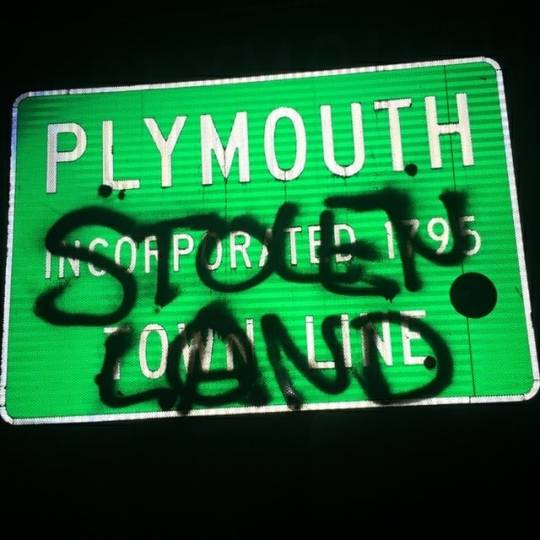
‘Stolen Land’ graff in Plymouth, Connecticut
341 notes
·
View notes
Text
The roads are empty,
No hand to hold.
Maybe I will just walk alone,
And freeze in this cold.
571 notes
·
View notes
